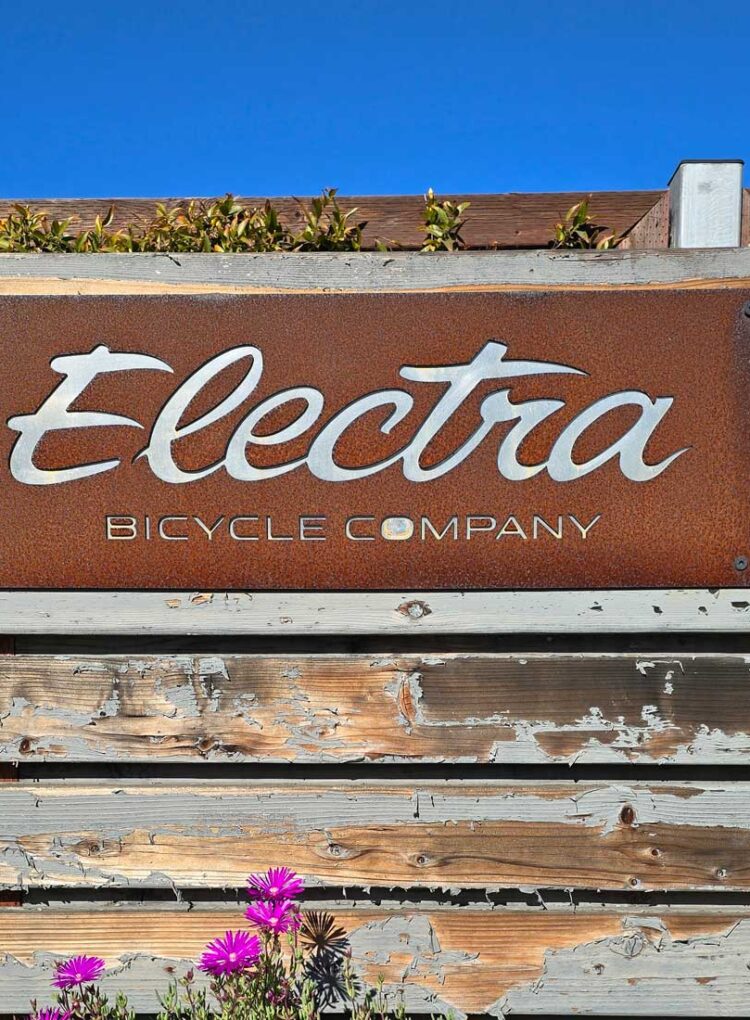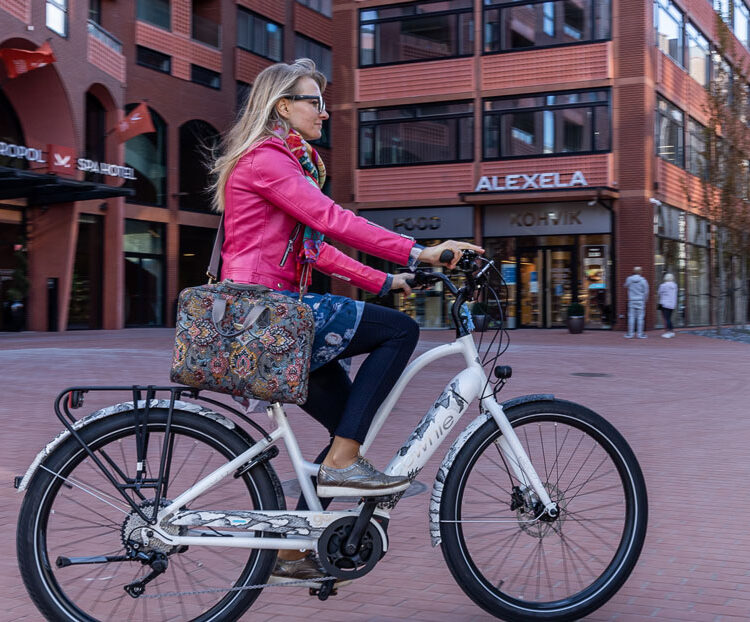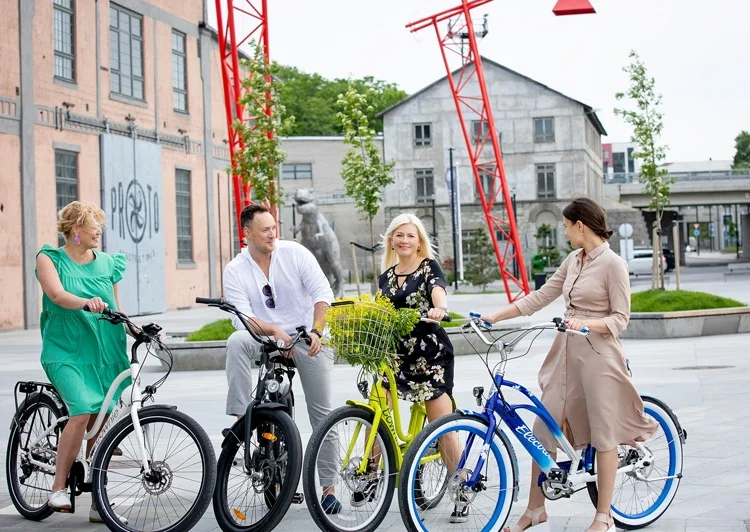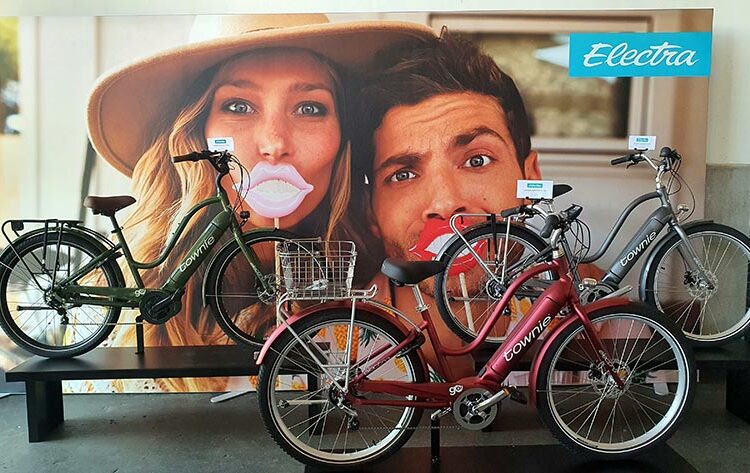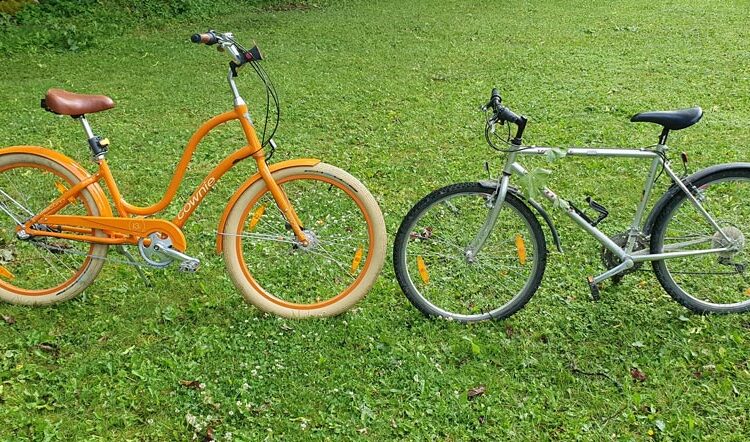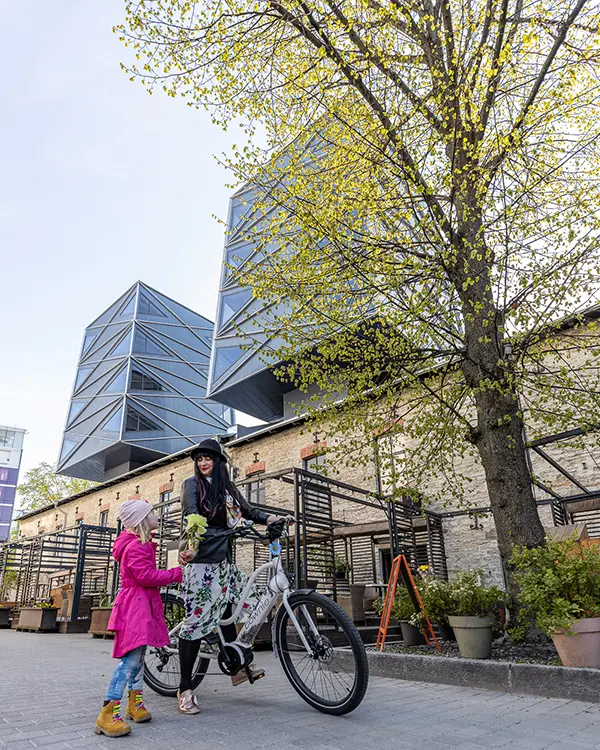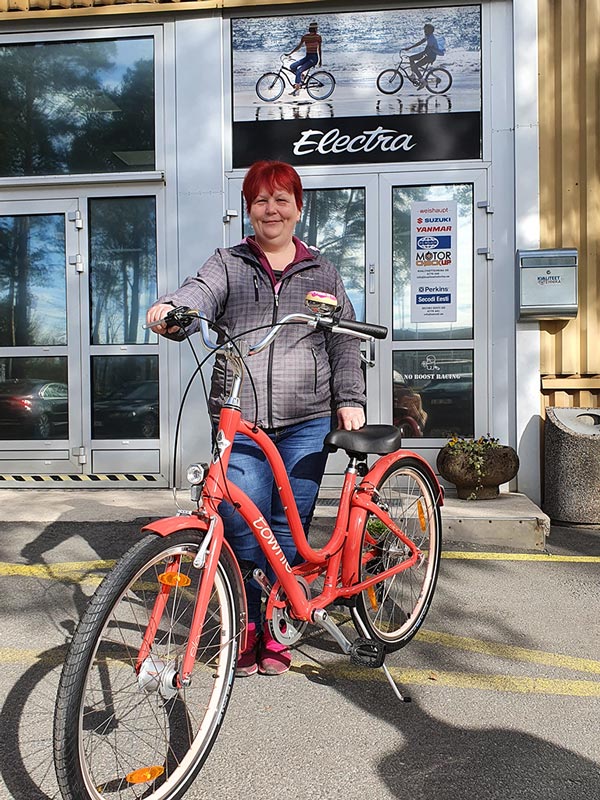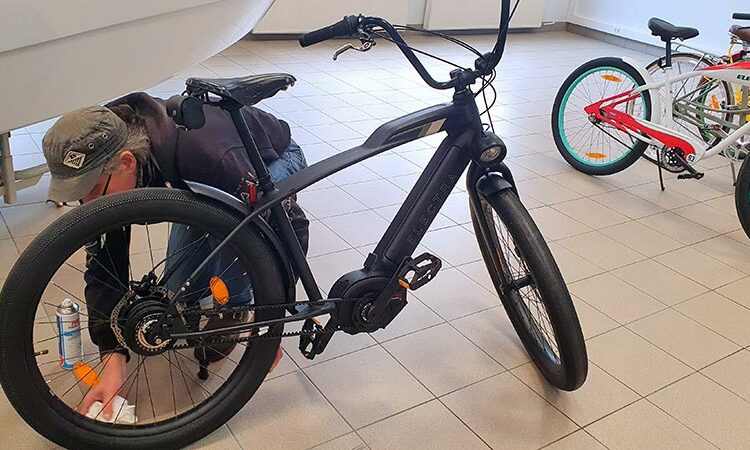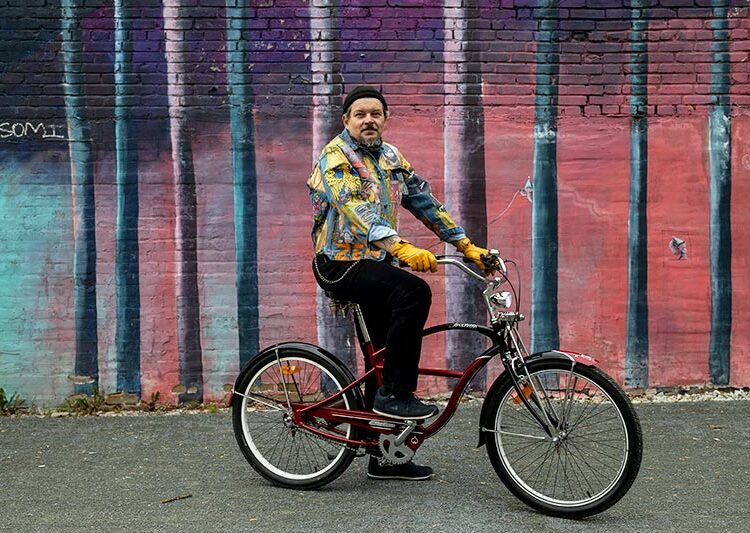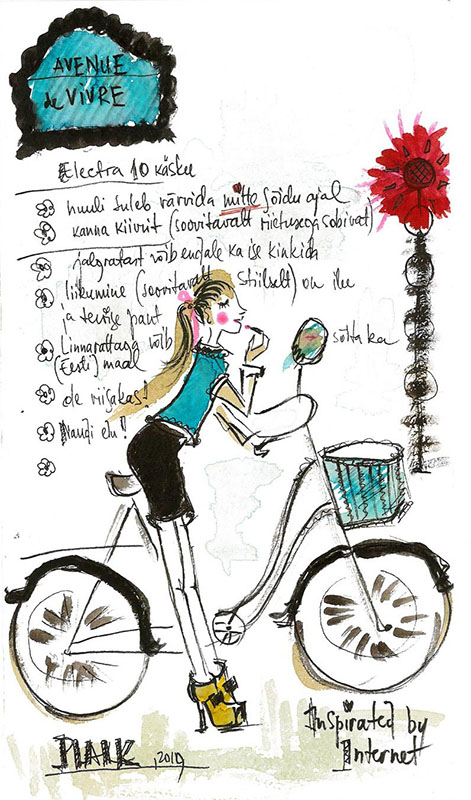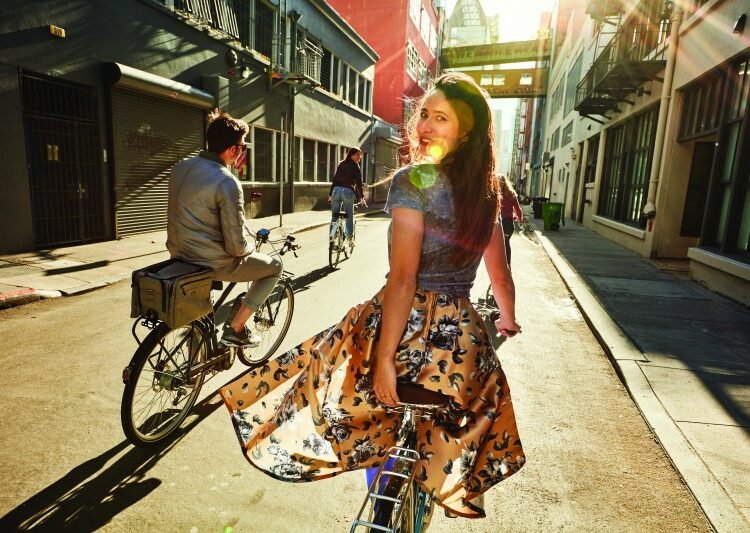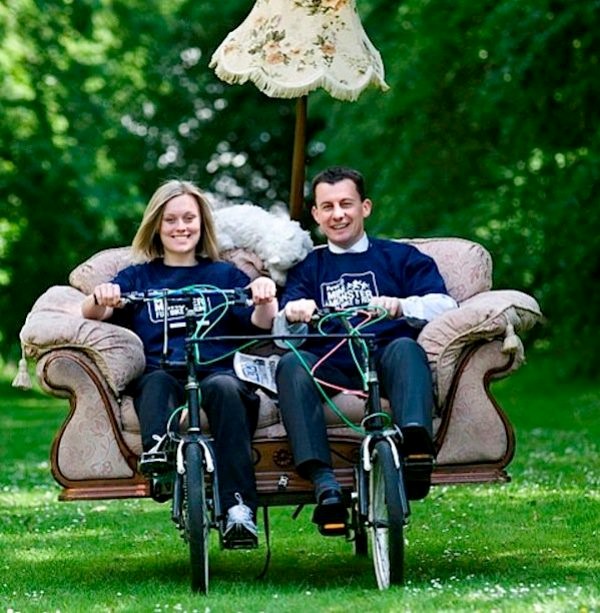The amount of CO2 (carbon dioxide e. carbon dioxide) in our atmosphere has reached an unprecedented level. For 1,500 years, it has remained stable at 275 parts per million. When the Mauna Loa Observatory (USA, Hawaii) measured it in 1958, it was 315 parts per million. Today, it’s 414.7 parts per million and growing. Climate change is happening now. The average temperature of the planet has increased by two degrees in the last century. The world population is expected to grow from 7.7 billion today to 9.7 billion by 2050. Our world leaders recently attended the climate conference with much media fanfare, but it seems however, only general promises were reached there.
In 2017, carbon dioxide emissions increased by 1.4% globally. That might not seem like a big deal, but if we put it in perspective: it’s the equivalent of adding 170 million cars to the road. The amount of carbon in the atmosphere increased by another 2.1% in 2018. In 2019 CO2 emissions rose slightly slower: 0.6%. But still reached another record level.
And why should CO2 interest you? What does all this have to do with electric bikes or regular bikes? We’ll get to that soon.
But before that, what Electra has done to reduce its ecological footprint.
Reducing the CO2 used to produce Electra bikes
It makes sense that a bicycle company cares about the environment. After all, Electra manufactures such products as electric wheels and city bikes, which offer a solution to many of the world’s most complex problems – traffic jams, health, climate change. But this production also leaves an ecological footprint.
Trek (Electra’s parent company) and all its subsidiaries, including Electra, are committed to taking real action to reduce environmental impact. We certainly don’t have all the answers yet, but every day we learn more about what could be improved. All options will continue to be explored, and by sharing our progress and knowledge, we hope that it will inspire and educate others. It is important to understand that all of us (yes, including you, dear reader) can actually do something together to start discussing the climate crisis from one side. Every big change starts with small things, and if, for example, small things are done by many people, it already has a very big impact.
In 2020, Electras partnered with WAP Consulting to measure the impact of company-wide emissions over a one-year period. It helped to understand what to look out for and where to direct resources to reduce the carbon dioxide needed for work and production. A little more about some of the more important points:
· Reduction of Air Transport
Transportation accounts for the largest percentage of a company’s carbon dioxide emissions. In other words, the “hippo” is in the air. To solve this problem, a goal has been set to reduce air transport by 75% by 2024. There are only two ways to transport bicycles across oceans: air transport and sea transport. Of course, a plane is exponentially faster than a ship, BUT its carbon footprint is 84 times larger. Electra believes that the volume of air transport previously used is unsustainable and is working hard to drastically reduce dependence on this mode of shipping. To this end, the planning process is enhanced in cooperation with suppliers and by better forecasting the demand for goods.
· Increased use of recyclable materials
Commitment to the use of alternative recyclable materials: whether they are recyclable or recycled, recovered or refurbished. Research and development teams are tasked with constantly looking for ways to use recyclable materials in product manufacturing.
Plastic from the ocean
According to The Ocean Conservancy , 8 million tons of plastic enter the world’s oceans every year. NextWave Plastics is an organization dedicated to finding solutions to the massive amount of plastic plaguing the oceans. As a founding member of this association, Trek is working with other members to create the first global network of oceanside plastic supply chains that effectively “locks down” materials in their products and packaging and inspires others to join them to be part of the solution to making the oceans plastic free.
One nice example of this is Electra Plasket Basket. 450 grams of plastic caught from the ocean is used to make such a bike basket. This bike basket is designed to make two things easy for you: reduce the generation of plastic waste in the oceans and comfortably carry your essentials: books, handbag, sandwich or the like. The bike basket has a separate bracket, also made from recycled materials, that easily snaps onto your bike’s handlebars. Thanks to this, you can quickly attach the Plasket Basket to the bicycle or take away as needed.
Recycled aluminum

All aluminum is produced from bauxite (AlOx(OH)3–2x) ore. Using recycled aluminum saves 90-95% of the energy required to use refined bauxite ore. Aluminum is the basic material of every bicycle manufacturer. It is affordable and lightweight and can be molded into a variety of bicycle or e-bike frames that are stylish and durable. It is also one of the most expensive materials in Electra’s supply chain, requiring enormous amounts of energy to clean the bauxite from the ore. During ore refining, a number of toxic residues are released, which require additional costs for pollution prevention and mitigation. In the past, before the corona crisis, Electra bicycles have consisted of 30% recycled aluminum. But now, when the demand for bicycles has greatly exceeded the supply around the world, the composition of recycled aluminum has unfortunately dropped to 15-20 percent, even less than that in some models. So, here I am making an appeal: never throw away aluminum cans, tealight holders, etc. For example, take them to Kuusakoski. To collect tea candles, Kuusakoski has also organized an awesome campaign, the main prize of which is an Eelctra electric bicycle! See the conditions for participating in the campaign here: https://www.kuusakoski.com/et/estonia/ and be sure to participate! This way you help us use more recycled aluminum in production and thus reduce the carbon footprint of your next (electric) bike. Aluminum, by the way, is an excellent material in that it maintains its structural integrity no matter how many times it is recycled and recycled.
Removing plastic waste from packaging
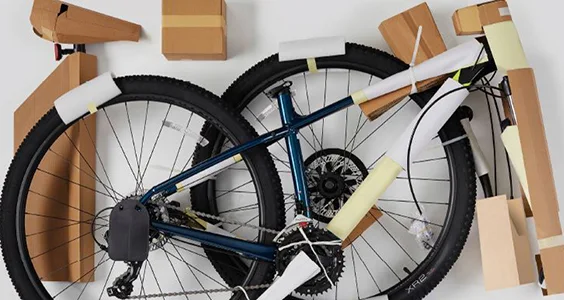
If you buy a bicycle from a store, you probably have no idea how much cardboard and plastic is needed to pack one bicycle to bring it across the ocean intact and unscratched. Packing bicycles is a rather “dirty” business. Shipping bikes long distances while making sure they arrive undamaged at the bike shop requires a lot of forward planning and, unfortunately, a lot of wasted materials. In order for the bicycle to remain safely in its transport box, many different plastic parts are needed: bubble wrap, foam plastic, protectors, fastening straps, plastic bags and other landfill material. This problem is already being addressed in Electra. The use of plastic materials in bicycle packaging has already been reduced and will be further reduced in the future. From 2022, a new 100% recyclable bicycle packaging box will be in use, in which bicycles arrive at the bicycle shop.
In numbers, it looks like this: 5,715 kg of plastic waste has been removed from the packaging of Electra city bikes alone. 29,665 kg of plastic has been removed from the packaging of Electra electric bicycles.
If you drive about 692 kilometers by bicycle instead of a car, you have saved the amount of CO2 that was used to make your bicycle.
692 kilometer principle
If you replace your car trips with a bicycle to go to work, school, shops, the gym orwherever you want to go, you too will make your small contribution to a carbon-free lifestyle. In other words, when you’ve ridden your bike for about 692 kilometers, you can be proud – you’ve offset the carbon dioxide cost of your bike. If a bicycle could talk, it would say to you: “Hey, thank you for contributing to our planet!”
The math of 692 kilometers
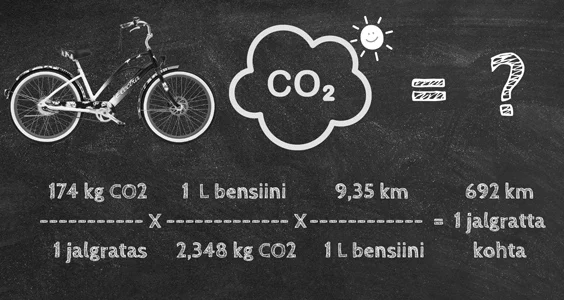
The production of one Electra city bike generates an average of 174 kg of carbon dioxide. One liter of gasoline emits 2.348 kg of carbon dioxide. An average vehicle travels about 9.35 kilometers on 1 liter of gasoline. 174×9.35:2.348=692.89
The 692 kilometer principle is a guideline based on the estimated average of Electra’s most popular 2019 models. It’s worth remembering that the specific mileage required to compensate for each model is of course slightly different.
Let’s look at the CO2 footprint of electric bicycles based on its use:
The CO2 footprint of an electric bike depends mainly on its actual use, that is: the more kilometers an electric bike is ridden, the smaller the average CO2 footprint per kilometer is, since the main energy consumption occurs in production, not in driving.
Together with TÜV Rheinland Energy GmbH, the CO2 footprint of the production of an electric bicycle with a Bosch motor has been tested and evaluated according to the developed standard ISO 14067. About 75% of the CO2 footprint of an electric bicycle with an assist motor goes to production, 15% to actual use, the rest to transport, packaging and recycling.
Using an electric bicycle with a Bosch motor throughout its life: the CO2 footprint of an electric bicycle is about 14 g per kilometer. Looking only at pure cycling and thus emissions caused by the use of electricity, the average CO2 value is 2-5 grams per kilometer (depends on the electricity producer used and what the electricity is produced from). In comparison, the car’s CO2 footprint is around 150 grams of CO2/km, and local public transport is 60 to 80 g/km of CO2 (per person).
The path to sustainability is the BICYCLE PATH
Bicycles are the most efficient means of transportation in the world. The potential of bicycles to help the planet is undoubtedly great, but using bicycles for transportation is not so easy. We have to deal with such questions as, for example: “How should I get from point A to point B when our lovely Tallinn is designed primarily for cars?” People will probably not start using bicycles en masse instead of cars until cycling is made safe and comfortable. Therefore, investment in bicycle paths should definitely continue.
Facts from the United States (Electra is a US company):
28% of US CO2 emissions come from the transportation sector.
This makes a total of 2061 million tons of CO2!
Of this 2,061 million tons of CO2, 45.1% comes from transporting passengers by car.
And 59.4% of such trips are less than six miles, or 9.65 kilometers.
Data taken from US Department of Transportation.
In Europe, 30% of CO2 emissions come from transport. And in Europe, people’s average trips by car (to work, to the store, etc.) are also less than 10 kilometers and .
10 kilometers is not an unthinkable distance to ride a bicycle. Especially when you’re sitting on a comfortable bicycle or electric bike, and we imagine that bike paths would be great everywhere. A great example of this is Amsterdam, which is known for its bicycle infrastructure. There, the share of bicycle transport for trips of the same distance is 40%! In the cooler climate of Copenhagen, the share of cycling is 24%. In Estonia, it is much colder than in Denmark, but unfortunately we are still inferior to, for example, Finland, where it is even colder and has more snow.
It is also a fact that bicycles can change the world by replacing polluting modes of transport. Again, here we come, for bicycles to reach their full potential in the fight against climate change, there needs to be better cycleway infrastructure. It can already be seen that if excellent bicycle paths are built, they will actually be used.
It would be nice if bicycles completely replaced cars, but this is not realistic for many people, especially those who travel from the countryside to work in the city, for example. But a distance that is less than 10 kilometers could be such a pleasant distance for cycling. Such a distance is easily ridden (if there is a bicycle path), and in case of traffic jams in the city, you can even keep up with a car on a bicycle at this distance. Therefore, your small contribution and example is also important.
Calculate your ecological footprint and think about what you can do to reduce it https://jalajalg.positium.ee/.
Hint: for example, take the initiative to drive shorter distances with an electric car instead of a cari with a normal bicycle. It is beneficial for both your health and our planet’s health! 😊
Written by
Kairi

